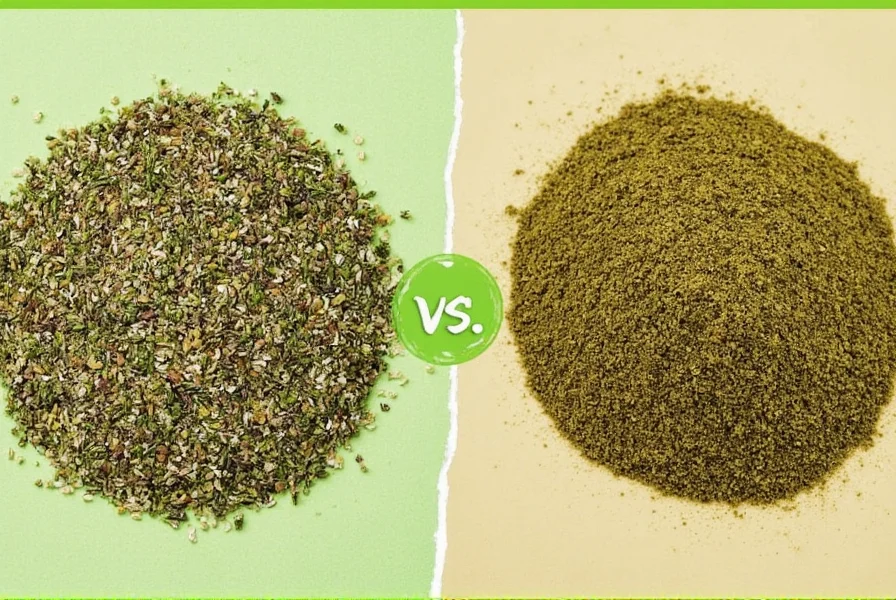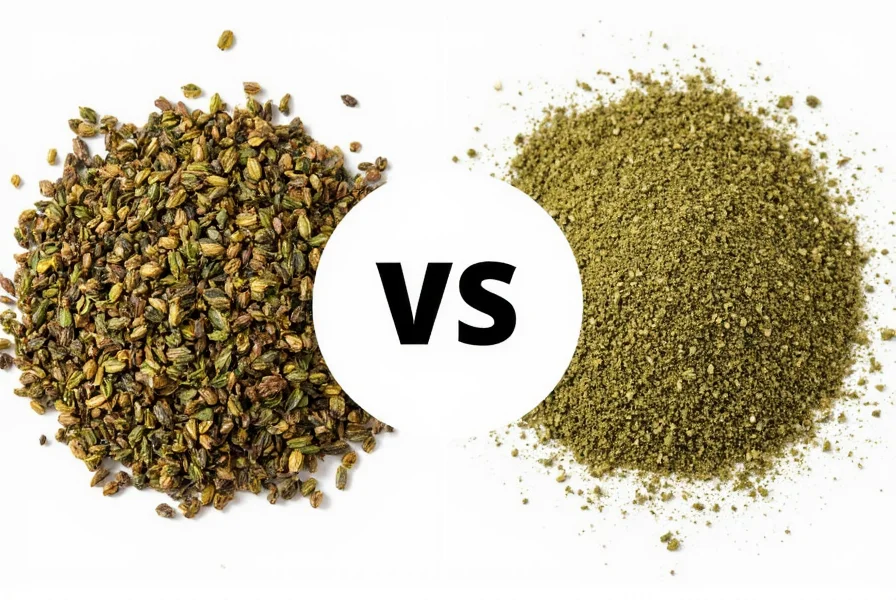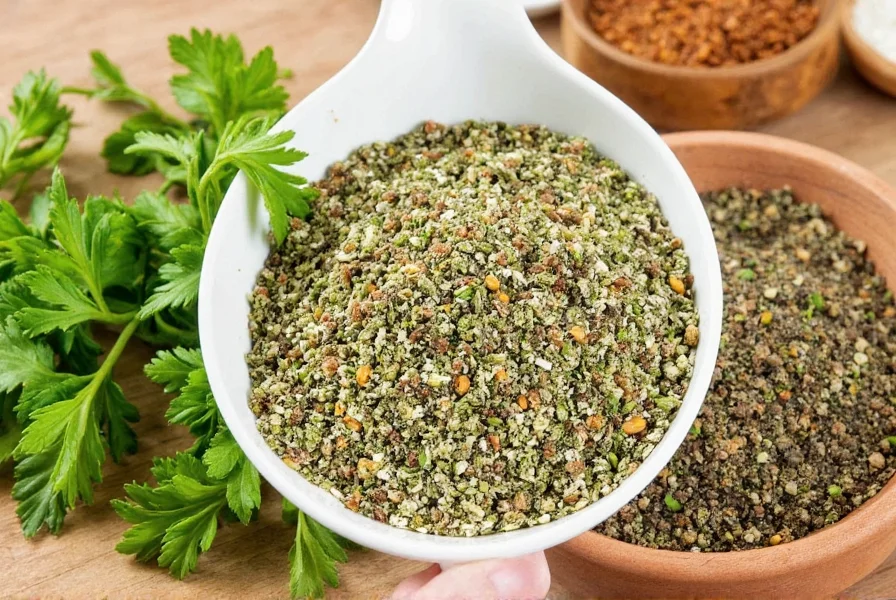| Feature | Dried Oregano (Whole Leaves) | Ground Oregano |
|---|---|---|
| Flavor Intensity | Milder, more aromatic | Stronger, more pungent |
| Texture | Crumbly, leafy | Powdery |
| Infusion Speed | Slower release | Quick infusion |
| Visual Appeal | Offers texture and looks | No visible texture |
| Shelf Life | 1–3 years | 6 months–2 years |
| Best For | Slow-cooked meals, rustic dishes | Baking, marinades, sauces |

What Is Dried Oregano & Ground Oregano?
Dried oregano is simply fresh oregano that has been air-dried or dehydrated, preserving its flavor and aroma while extending its shelf life. It typically comes in whole or broken leaf form.
Ground oregano, on the other hand, is made by grinding those dried leaves into a fine powder. This process concentrates the flavor but also affects how quickly the herb infuses into food.
Best Uses for Dried vs Ground Oregano
When to Use Dried Whole Oregano
- Stews & Soups: Add a few sprigs early in cooking and remove before serving.
- Roasted Meats: Tuck under the skin or into pockets for slow-releasing flavor.
- Rustic Bread: Sprinkle over focaccia before baking for both taste and texture.
When to Use Ground Oregano
- Marinades: Blends seamlessly into oil-based mixtures.
- Pizza Sauce: Adds a bold base layer of flavor.
- Dry Rubs: Mixes well with garlic powder, salt, and paprika for grilled meats.

Storage Hacks to Keep Your Oregano Fresh
- Airtight Containers: Store both types in glass jars away from light and heat.
- Freeze It: Yes! Dried oregano can be frozen in vacuum-sealed bags for long-term use.
- Vacuum Sealing: Ideal for bulk storage and preserves essential oils better.
- Label & Date: Always label the date you bought or dried the oregano to track freshness.
- Don't Refrigerate: Moisture will ruin the texture and flavor of ground oregano.

Frequently Asked Questions
Is dried oregano the same as ground oregano?
No, they're not the same. Dried oregano refers to whole or broken leaves that have been dehydrated, while ground oregano is made by processing dried oregano leaves into a fine powder. The grinding process changes how the flavor releases and distributes in food.
How do I substitute dried oregano for ground oregano?
Use a 3:1 ratio. For every 1 teaspoon of ground oregano called for in a recipe, use 3 teaspoons of dried whole oregano leaves. Remember that ground oregano is more potent because the surface area is increased during grinding, allowing more flavor compounds to be released quickly.
Which is stronger in flavor - dried or ground oregano?
Ground oregano typically has a stronger, more immediate flavor because the grinding process breaks down the plant cells, releasing more essential oils. Dried whole leaves release their flavor more gradually during cooking, resulting in a more subtle, nuanced taste.
Can I grind dried oregano leaves myself?
Absolutely! Use a spice grinder, mortar and pestle, or even crush the leaves between your fingers for a coarser grind. Freshly ground oregano will have a more vibrant flavor than pre-ground varieties, but remember it will lose potency faster, so grind only what you need for immediate use.
Does ground oregano expire faster than dried oregano?
Yes, ground oregano loses potency faster than whole dried leaves. The increased surface area exposes more of the essential oils to air, causing them to evaporate more quickly. Whole dried oregano typically maintains peak flavor for 1-3 years, while ground oregano is best used within 6 months to 2 years.
Why does my recipe call for one form over the other?
Recipes specify one form over the other based on the desired flavor release, texture, and visual presentation. Whole dried oregano works better in long-cooking dishes where slow flavor release is beneficial, while ground oregano is preferred when immediate flavor distribution is needed, like in sauces, marinades, or baked goods.
Can I use fresh oregano instead of dried or ground?
Yes, but use a 3:1 ratio (fresh to dried). Fresh oregano has a more delicate flavor and higher water content, so you'll need about three times the amount of fresh oregano to match the flavor intensity of dried. Add fresh oregano near the end of cooking to preserve its brighter flavor.










 浙公网安备
33010002000092号
浙公网安备
33010002000092号 浙B2-20120091-4
浙B2-20120091-4